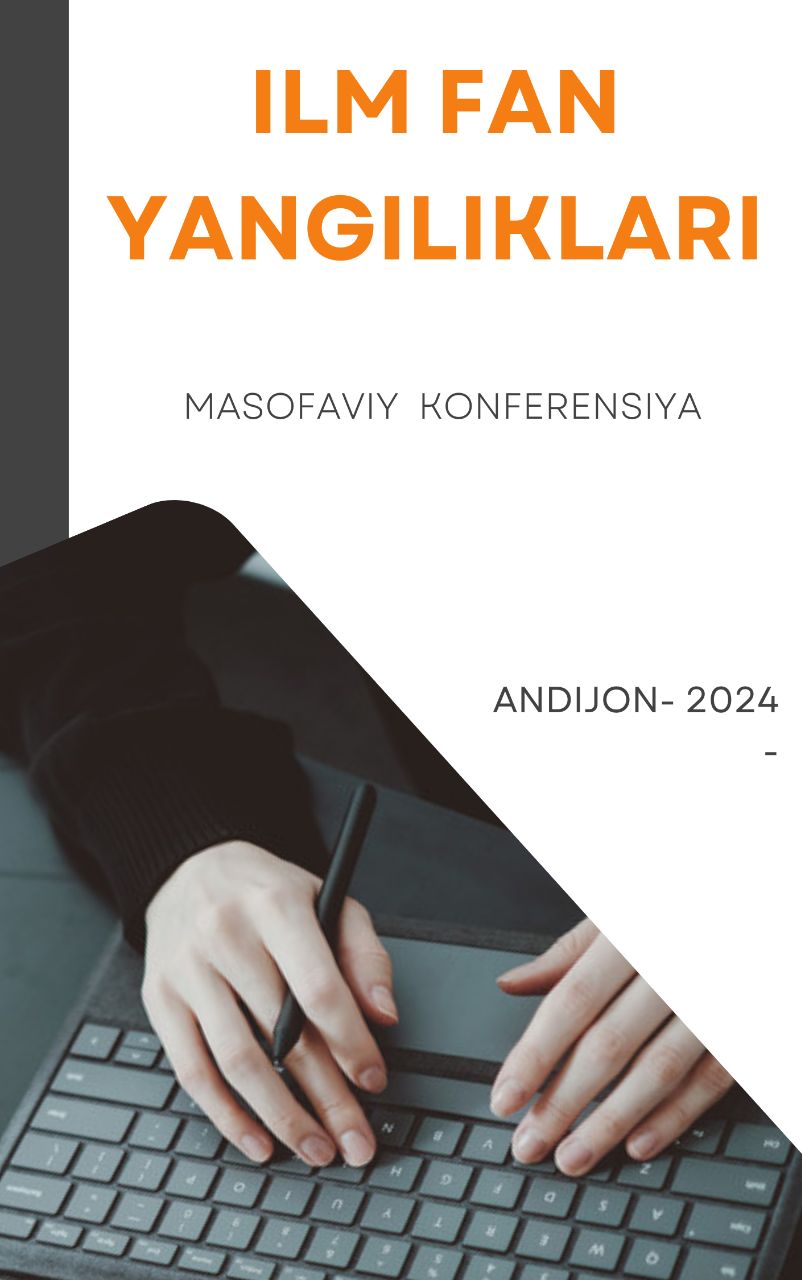THE FUNCTION OF STYLISTICS IN ADVERTISING LANGUAGE
Keywords:
Literary stylistics, artistic function, canonical literature, advertise slogans , Descriptive slogans , Persuasive slogansAbstract
The goal of studying style is to explain something, and literary stylistics aims to explain the relationship between language and creative function either explicitly or implicitly. In stylistics, actual words or phrases serve as the object. Two significant cautions are brought about by the relationship between stylistics and literature, including: The first is that language use should not be considered the only domain of literary writing when it comes to originality and innovation.
References
Lester, Mark. 1969. Readings in Applied Transformational Grammar. London: University of Hawaii.
McArthur, Tom. 1992. The Oxford Comparison to English Language. Oxford: Oxford University Press
Muhammad, Saefudin, A. 2005. Semantics Extract. Jakarta: UIN SyarifHidayatullah.
Nida, Eugege, A. 1979 Componential Analysis Meaning: An introduction to Semantics Srtuctures. NewYork: Mounton.
Palmer, F. R. 1979 Semantics: A New Out line. London: Cambridge University.
Saeed, John, L. 1997. Semantics: second edition. Australia: Blackwell.
Spark, John, L. 2005. MancocokanJanji Brand dengan Delivery. B &B Majalahperiklanan, Marketing danKomunikasi, 9-10.
Simpson, Paul. 2004 Stylistics: A Resource Book for Student. London: and NewYork:Routledge.
Wahab, Abdul, M. A. Drs. 1977. TeoriSemantik. Malang: Air Langga.
Bhatia, Tej K. 1992. “Discourse Functions and Pragmatics of Mixing: Advertising Across Cultures.” World Englishes 11 (2–3): 195–215. doi:10.1111/j.1467-971X.1992.tb00064.x. [Crossref], [Google Scholar]
Brown, Steven P., and Douglas M. Stayman. 1992. “Antecedents and Consequences of Attitude Towards the Ad: A Meta-Analysis.” Journal of Consumer Research 19: 34–51. [Crossref], [Web of Science ®], [Google Scholar]

